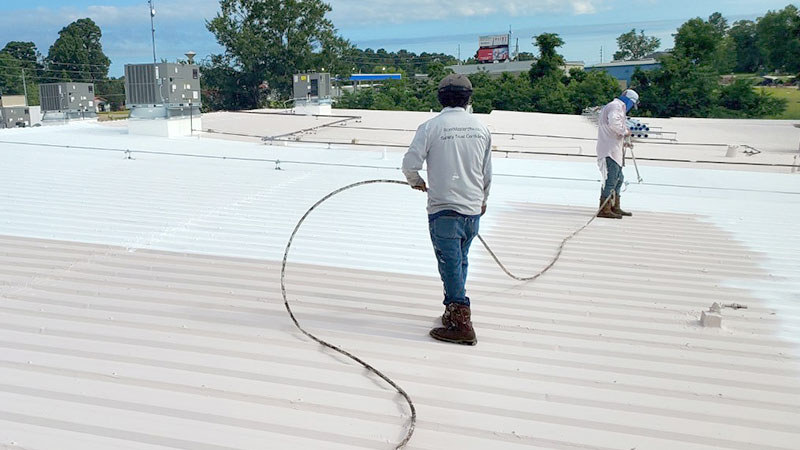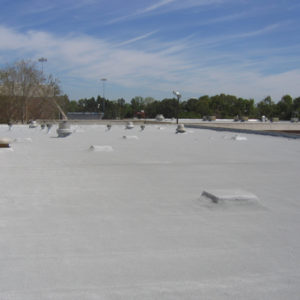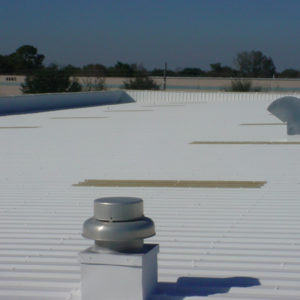

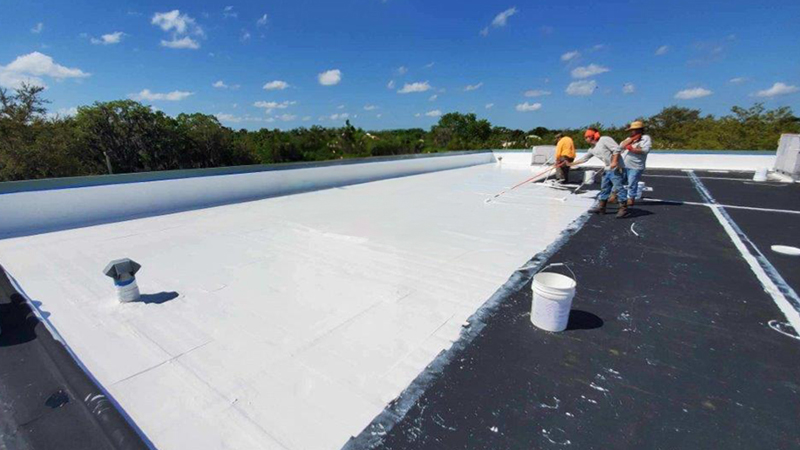
How to Apply Acrylic Roof Coating
One of the most significant draws of acrylic roof coatings is the ease of application. It resembles paint in both consistency and in the way it’s applied to the surface. That means you don’t need any specialized tools or equipment to apply it. A paintbrush, roller or...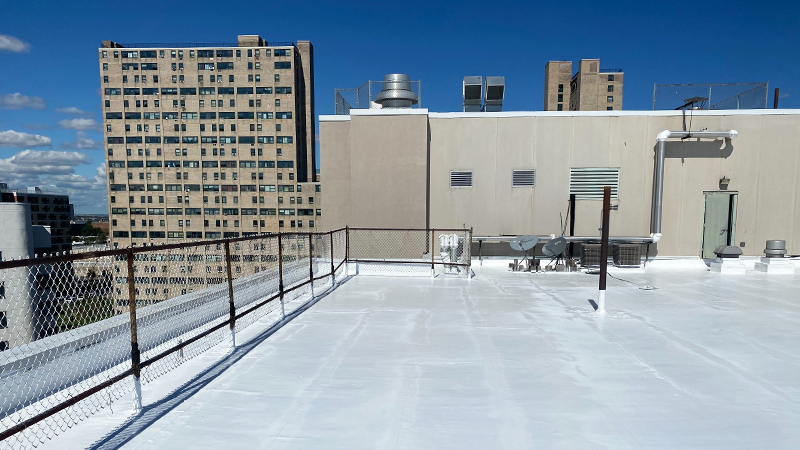
How Long Does Acrylic Roof Coating Last
Roof coating systems have changed the roofing game for good. Why? They give a building owner options. There are other, and oftentimes better, solutions to a worn down or leaky roof. How long does acrylic roof coating last, normally? The average lifespan of acrylic...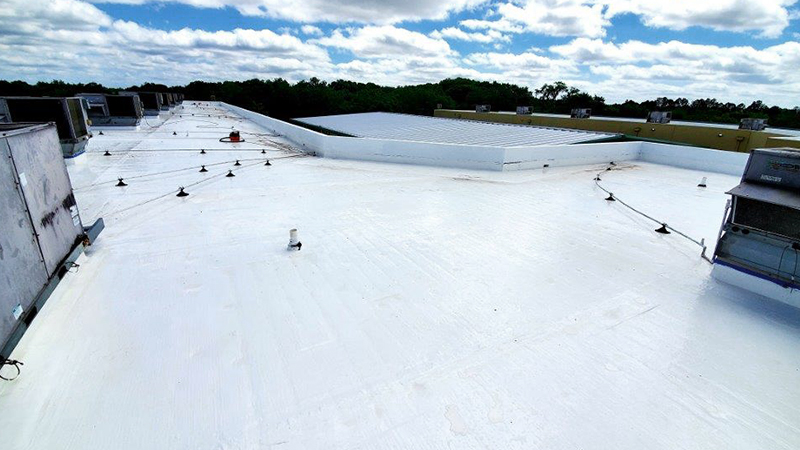
Acrylic Roofing Pros and Cons
As with any type of roofing material, acrylic coating has its pros and cons. It’s a strong, reliable roof coating that can protect your roof from damage — and extend its lifespan. While it does all that, it’s not automatically the right choice for every roof type or...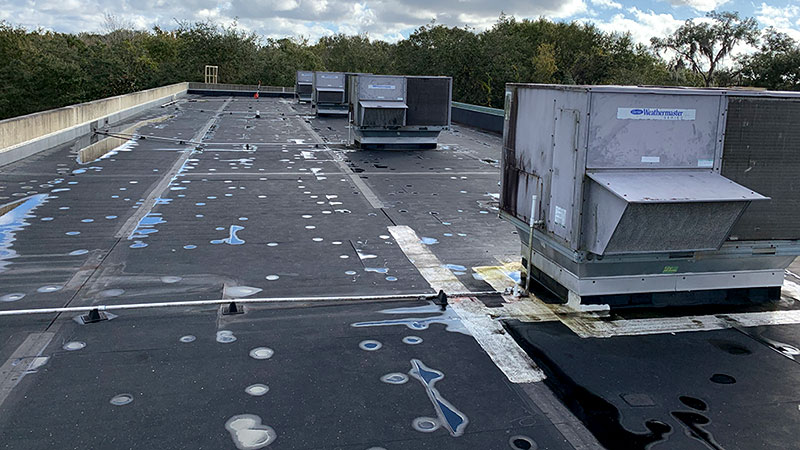
How to Fix a Commercial Roof Leak
The roof is the most vulnerable part of any commercial facility. It takes a beating from the elements, both day and night, without protection. Its job is to protect everything else: the building contents, employees and patrons. An in-tact roof is essential to the...